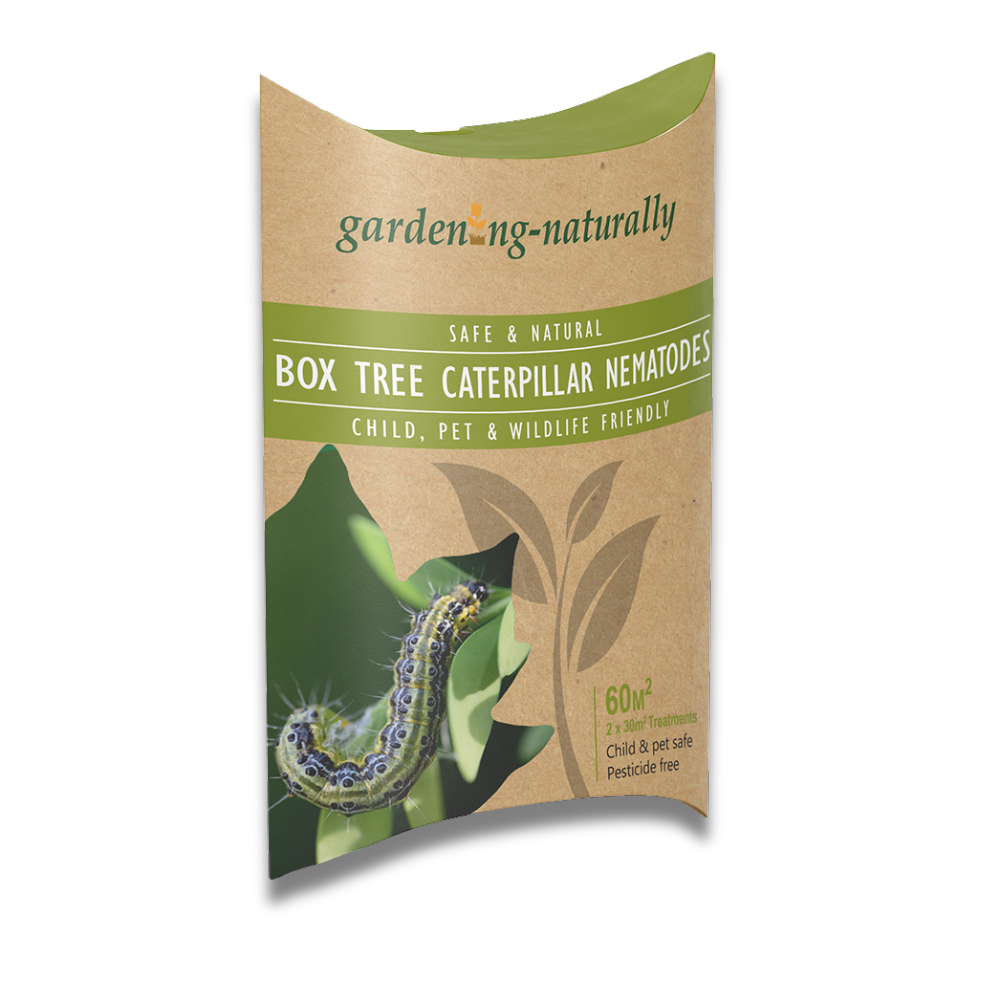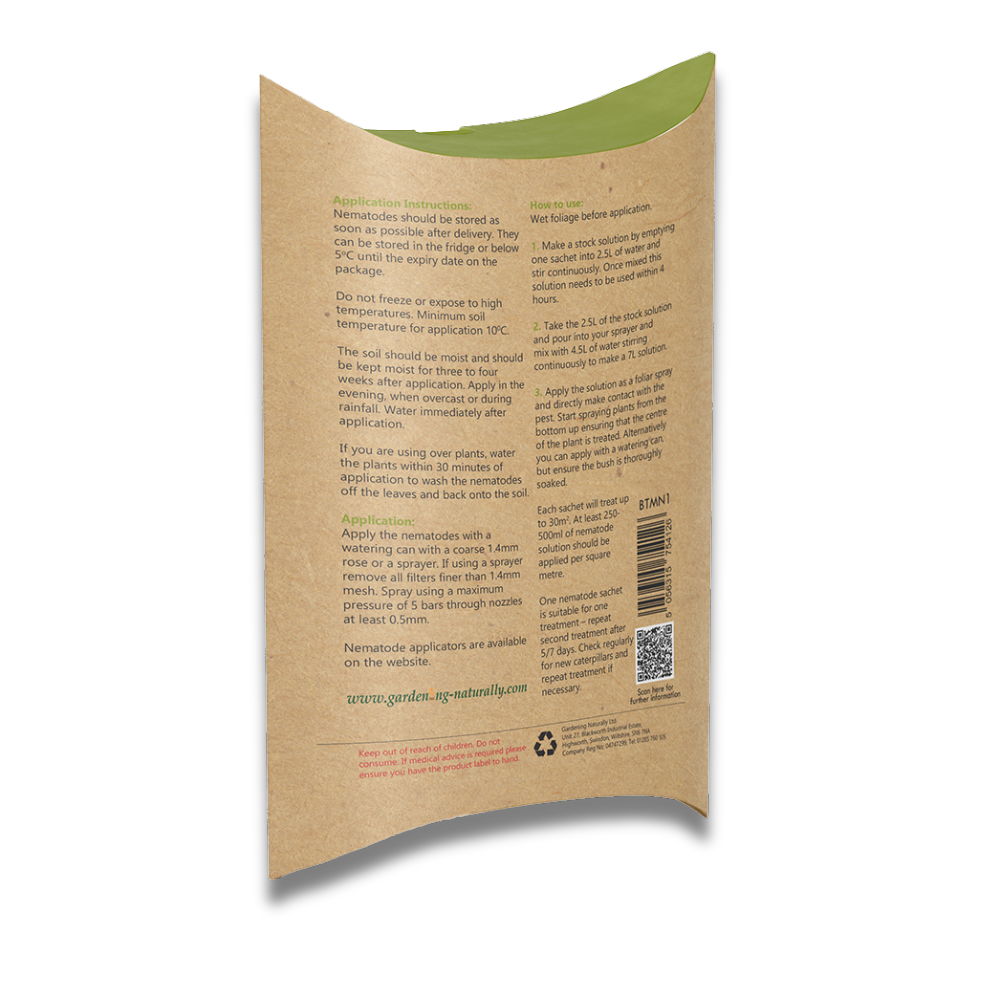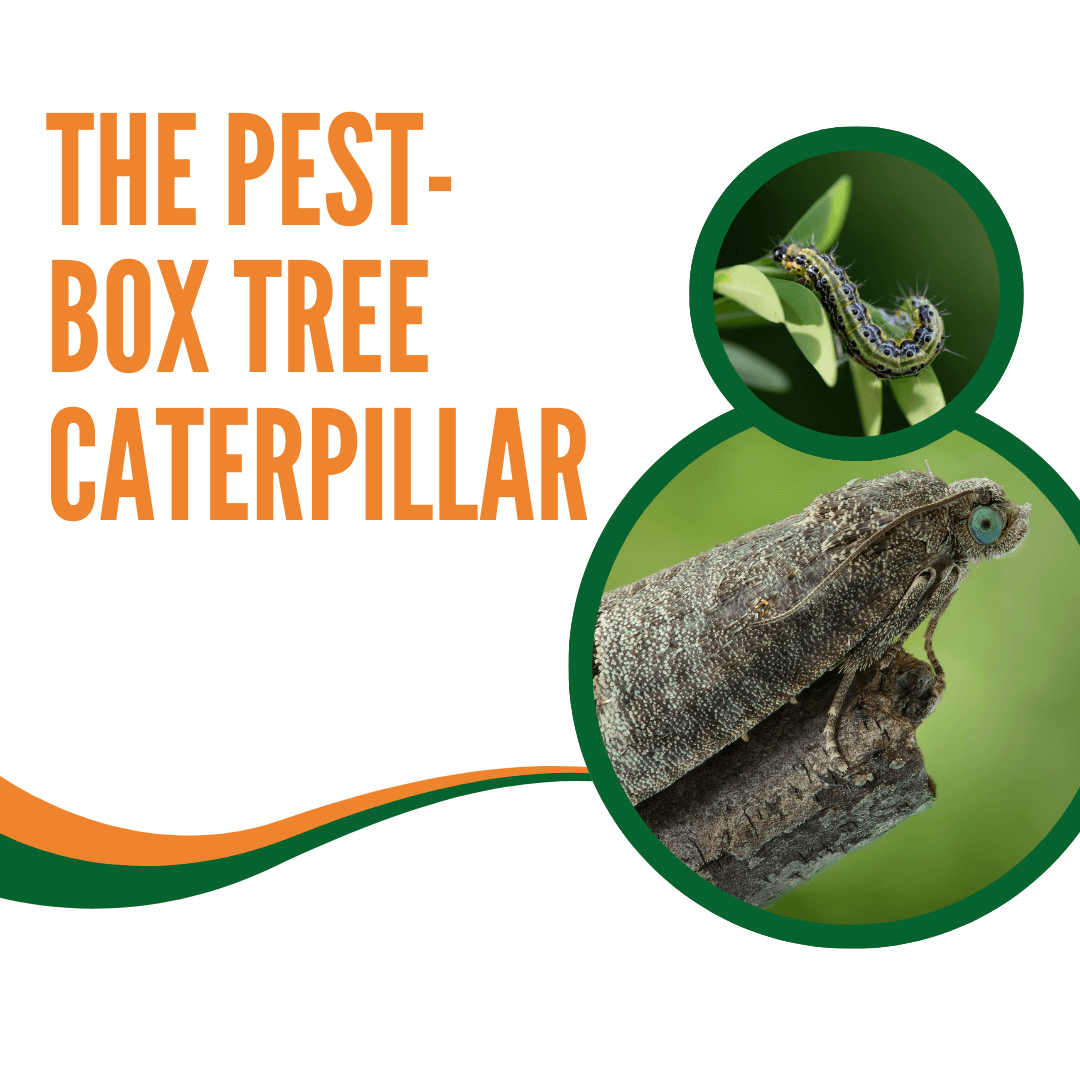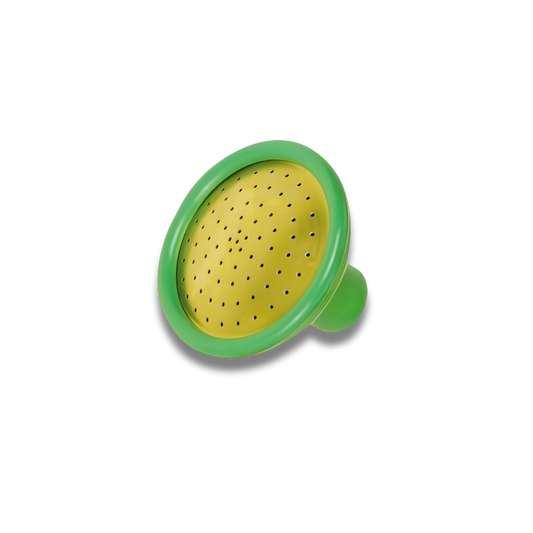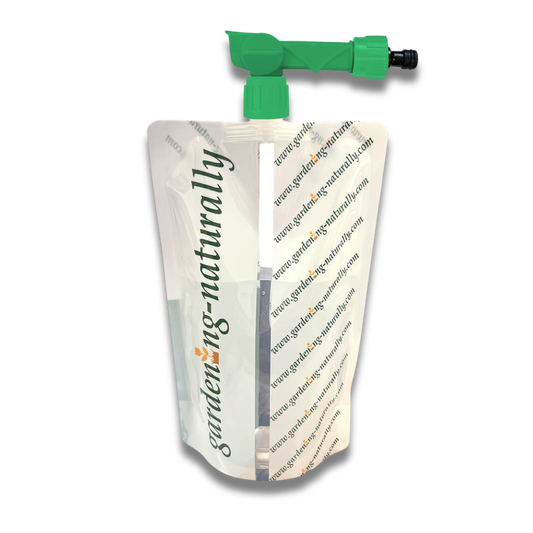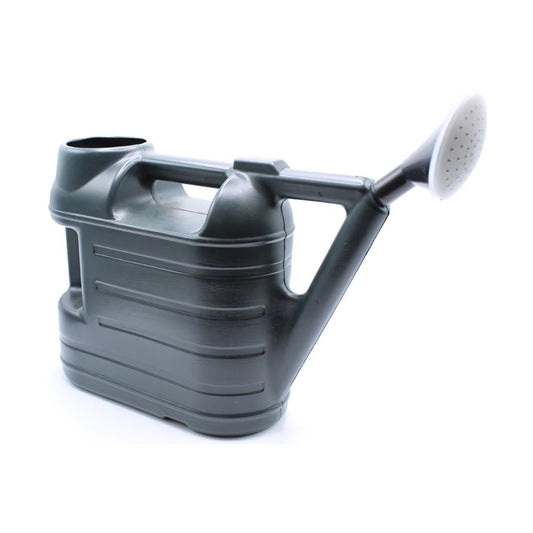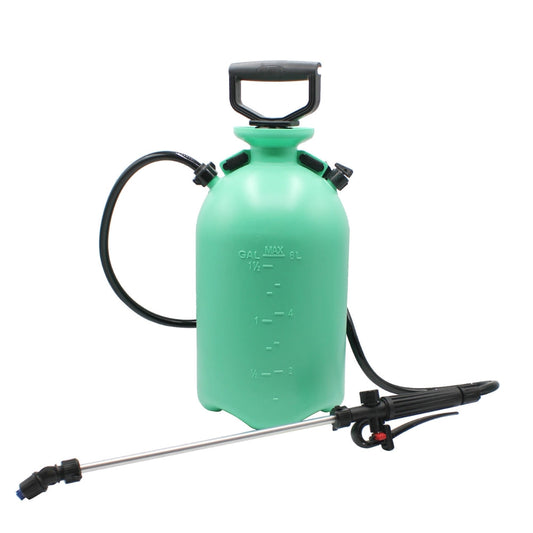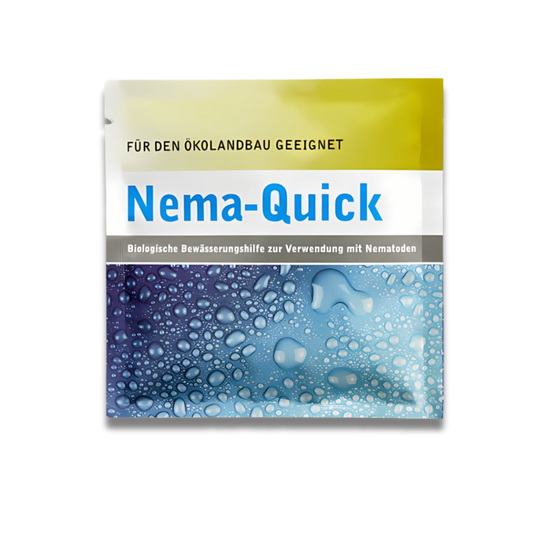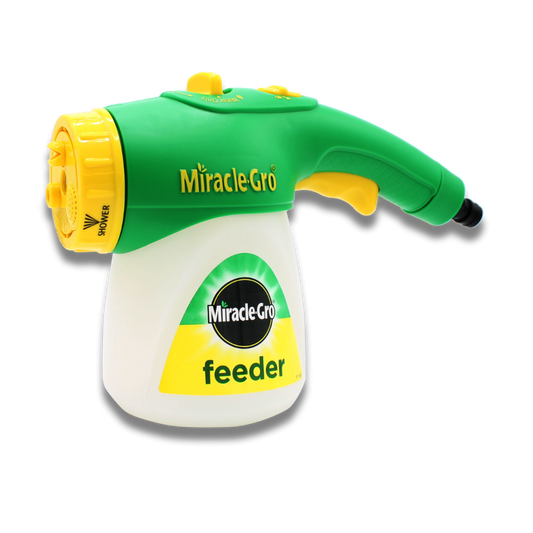Box Tree Moth Caterpillar Nematodes
Box Tree Moth Caterpillar Nematodes
Please select your delivery dates
Couldn't load pickup availability
Box tree moth nematodes are a highly effective solution for controlling the box tree caterpillar, a common pest affecting box trees across the UK.
This specialised mix of Steinernema nematodes covers up to 60 square metres and targets the caterpillars directly, providing a chemical-free approach to pest management.
What are box tree caterpillar nematodes?
Box tree nematodes are microscopic parasites that specifically target box tree moth caterpillars. These nematodes kill the caterpillars while reproducing inside them, ensuring ongoing control as they release more nematodes.
When to apply box tree caterpillar nematodes
The best time to apply these nematodes is between March and October when box tree caterpillar activity is highest. This timing allows the nematodes to effectively target and manage caterpillar populations during their peak feeding period.

Identifying box tree caterpillar infestations
Box tree caterpillars start as green and yellow with blackheads, maturing into black and white striped larvae.
Look for signs of defoliation, webbing on plants, and visible caterpillars. These symptoms indicate an infestation and the need for treatment.
Caterpillars create webbing over their feeding areas and may cause noticeable dieback on box trees, especially if the plants have been recently trimmed.
When to apply box moth nematodes
Between March and October
Store nematodes in the refrigerator or at temperatures below 5°C immediately after delivery to maintain their effectiveness.
Can easily be applied, with the Gardening Naturally Nematode Applicator.
Box tree moth caterpillars do not inhabit the soil, so applying nematodes to the soil would be ineffective for controlling them.
Facts about box tree moths
The box tree moth is an insect that originally came from East Asia. It showed up in the UK around 2007 and has been spreading, especially in southern England.
The larvae, which are green with black stripes and white spots, attack the boxwood plants and can cause a lot of damage if not controlled. The adult moths have white wings with a brown border.
They have several generations each year, with most of the damage happening from March to October. To manage them, people use specific pheromone traps or nematodes, and regular monitoring.
Box tree moth nematodes are a highly effective solution for controlling the box tree caterpillar, a common pest affecting box trees across the UK.
This specialised mix of Steinernema nematodes covers up to 60 square metres and targets the caterpillars directly, providing a chemical-free approach to pest management.
What are box tree caterpillar nematodes?
Box tree nematodes are microscopic parasites that specifically target box tree moth caterpillars. These nematodes kill the caterpillars while reproducing inside them, ensuring ongoing control as they release more nematodes.
When to apply box tree caterpillar nematodes
The best time to apply these nematodes is between March and October when box tree caterpillar activity is highest. This timing allows the nematodes to effectively target and manage caterpillar populations during their peak feeding period.

Identifying box tree caterpillar infestations
Box tree caterpillars start as green and yellow with blackheads, maturing into black and white striped larvae.
Look for signs of defoliation, webbing on plants, and visible caterpillars. These symptoms indicate an infestation and the need for treatment.
Caterpillars create webbing over their feeding areas and may cause noticeable dieback on box trees, especially if the plants have been recently trimmed.
When to apply box moth nematodes
Between March and October
Store nematodes in the refrigerator or at temperatures below 5°C immediately after delivery to maintain their effectiveness.
Can easily be applied, with the Gardening Naturally Nematode Applicator.
Box tree moth caterpillars do not inhabit the soil, so applying nematodes to the soil would be ineffective for controlling them.
Facts about box tree moths
The box tree moth is an insect that originally came from East Asia. It showed up in the UK around 2007 and has been spreading, especially in southern England.
The larvae, which are green with black stripes and white spots, attack the boxwood plants and can cause a lot of damage if not controlled. The adult moths have white wings with a brown border.
They have several generations each year, with most of the damage happening from March to October. To manage them, people use specific pheromone traps or nematodes, and regular monitoring.
Shipping Information
Shipping Information
Free shipping on all
nematodes or £4.98 per order
Share
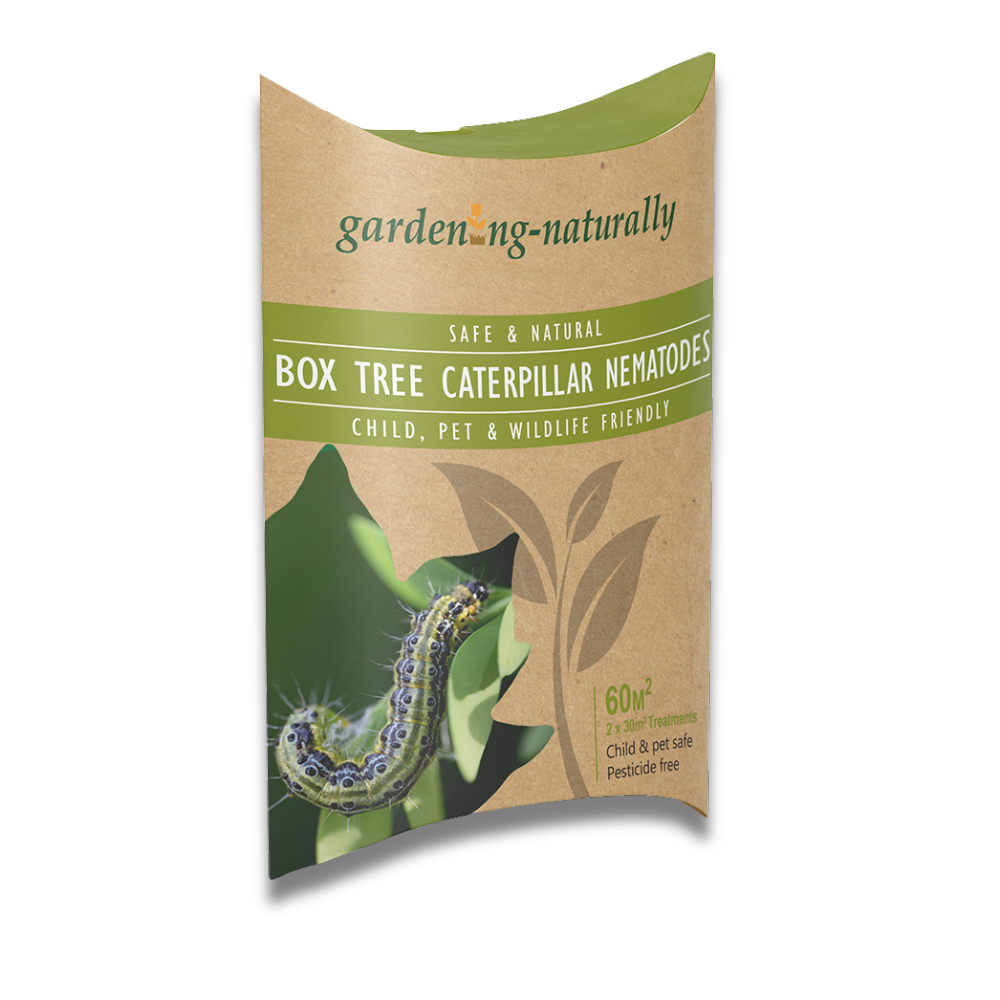
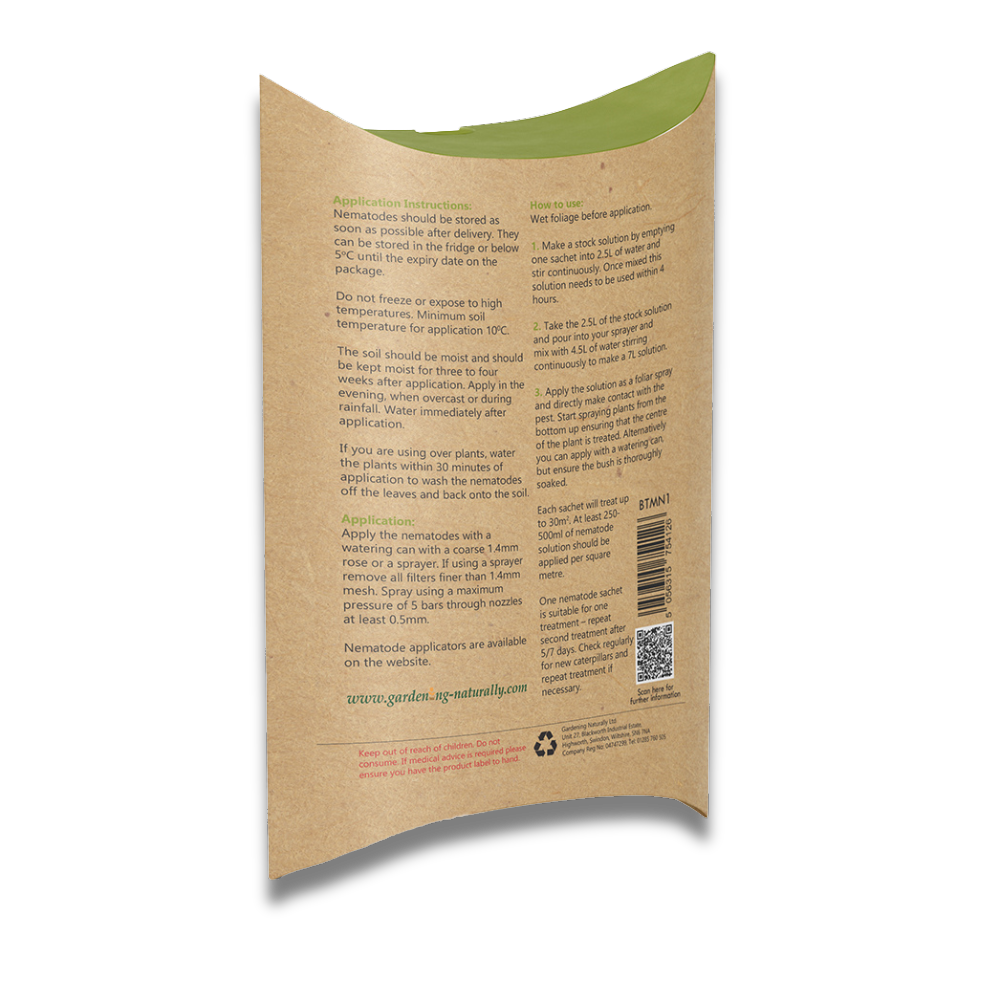
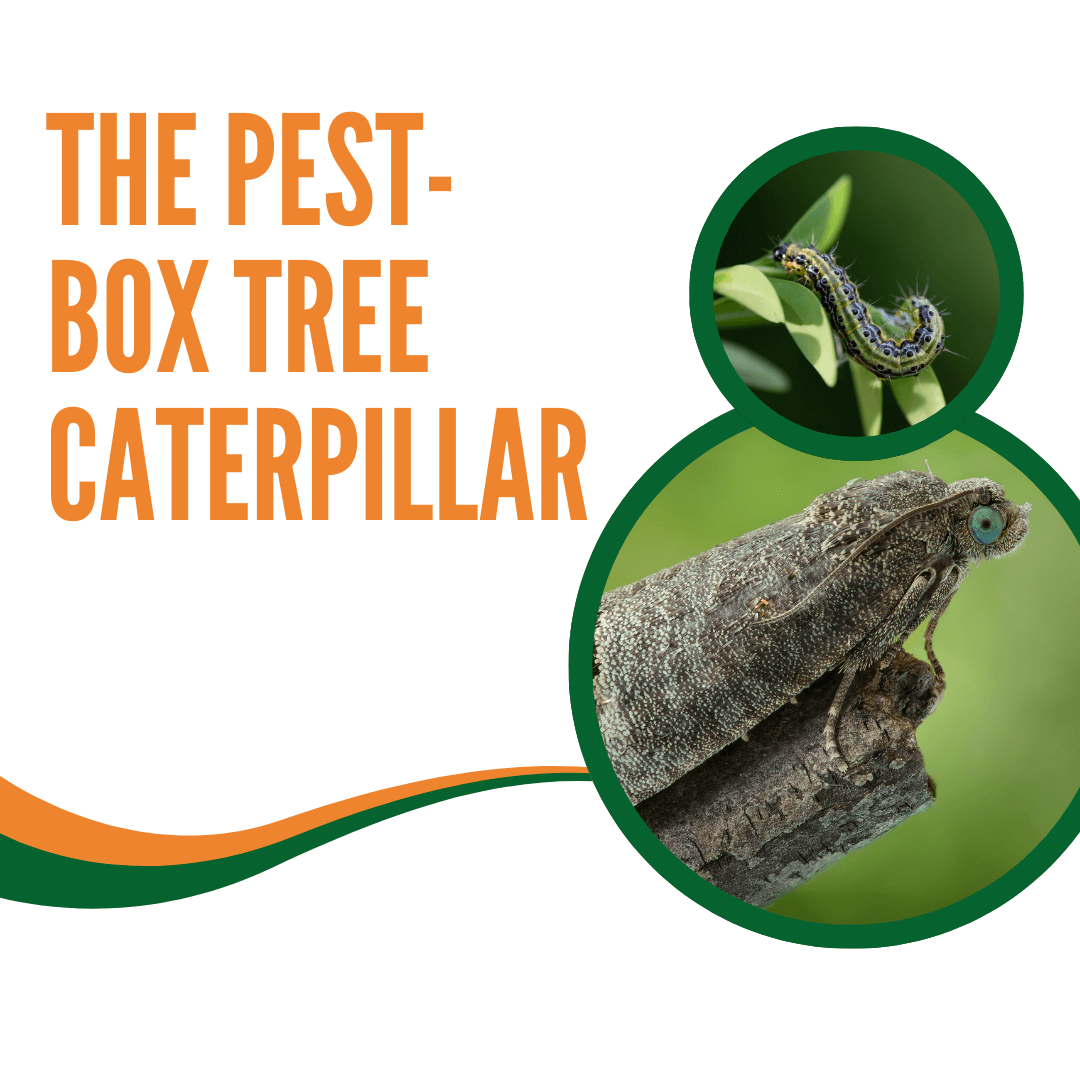
Discover more...
-
Coarse Watering Can Rose for Nematodes
Regular price £5.99 GBPRegular priceUnit price / per -
Nematode Easy Applicator & Garden Feeder
Regular price £9.99 GBPRegular priceUnit price / per -
Watering Can for Nematodes 6.5L For Garden
Regular price £9.99 GBPRegular priceUnit price / per -
Nematode Compression Sprayer 6L For Garden
Regular price £59.99 GBPRegular priceUnit price / per -
Nemaquick Bio-logical irrigation aid
Regular price £8.99 GBPRegular priceUnit price / per -
Miracle Gro Nematode Fertiliser Applicator & Garden Feeder
Regular price £16.99 GBPRegular priceUnit price / per

